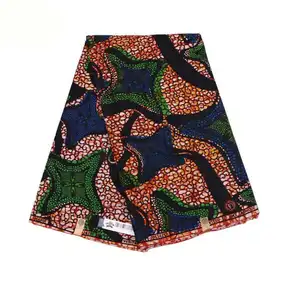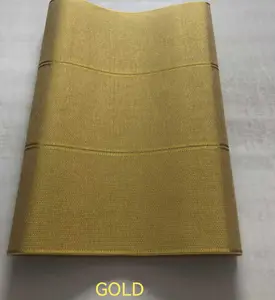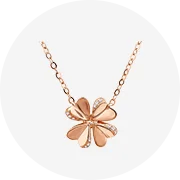African Aso Oke: An Overview
African aso oke fabric is a traditional textile that originates from the Yoruba people of West Africa. This fabric is renowned for its intricate patterns and vibrant colors, often serving as a cultural emblem at significant events and ceremonies. The term 'aso oke' means 'top cloth' in English, indicating its prestigious status among other textiles.
Types and Variations
There are several variations of aso oke fabric, each with its unique design and significance. The primary types include Etu, Sanyan, and Alaari. Etu is a deep indigo dyed cloth often with very thin light blue stripes, symbolizing peace. Sanyan, woven from the beige silk of the Tussah silk worm, is traditionally worn for weddings. Alaari is richly woven with magenta and red silk threads, commonly used for festive occasions.
Materials and Weaving Techniques
The traditional weaving of aso oke utilizes locally sourced materials such as cotton, silk, and more recently, synthetic fibers to adapt to modern tastes and demands. The weaving process is intricate, often done on a loom, and can take weeks to complete a single piece, reflecting the dedication and skill of the artisans.
Applications and Uses
Aso oke wear is not limited to traditional ceremonies; it has found its way into contemporary fashion. Designers incorporate aso oke patterns into modern clothing items, accessories, and home decor, showcasing its versatility and timeless appeal. Its use in headgear, such as bandanas, is also prevalent, adding a touch of African heritage to various styles.
Features and Sustainability
The durability of aso oke textiles is one of their most notable features, capable of withstanding the test of time. This resilience, coupled with the eco-friendly aspect of using natural fibers, makes aso oke a sustainable choice in the textile industry. Its ability to be repurposed and redesigned ensures that the fabric remains relevant and reduces waste.
Advantages of Aso Oke
The cultural significance of aso oke cannot be overstated. It is a fabric that carries with it a sense of identity and pride. Moreover, its adaptability to various fashion trends ensures that it remains a sought-after commodity in the global market, providing economic benefits to the local communities that produce it.































 浙公网安备 33010002000092号
浙公网安备 33010002000092号 浙B2-20120091-4
浙B2-20120091-4